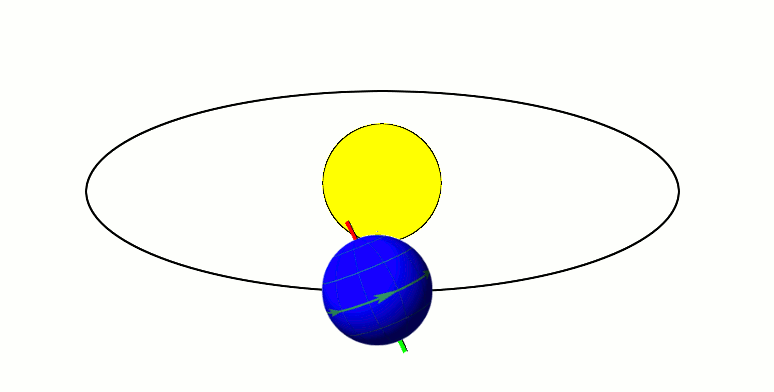
This star map shows the Houston sky at 10 p.m. CDT on July 1, 9 p.m. CDT on July 15, and dusk on July 31. To use the map, put the direction you are facing at the bottom.
The Summer Triangle is high in the east. This consists of the brightest stars in Cygnus, Lyra, and Aquila. Scorpius, the Scorpion, is in the south, with the ‘teapot’ of Sagittarius to his left. Leo, the Lion, sets in the west. From the Big Dipper’s handle, ‘arc to Arcturus’ and ‘speed on to Spica’ in the southwest. Watch Mars close in on Saturn this month.
This month, Mars is in the southwest at dusk this month. Mars continues to fade a little each night as Earth continues to leave it farther behind. Still, Mars rivals the brightest stars we see at night.
Saturn is also in the southwest at dusk. This month and next, Mars approaches Saturn more and more.
Venus remains in the morning sky. Look east at dawn for the brightest point of light there; only the Sun and Moon outshine Venus. Venus remains a morning star for almost all of 2014.
Jupiter is behind the Sun and out of sight this month.
The Big Dipper is left of the North Star, with its handle pointing up. From that handle, you can ‘arc to Arcturus’ and then ‘speed on to Spica’; those stars are in the west at dusk. Leo, the Lion, is setting in the west at dusk.
Antares, the brightest star of Scorpius, the Scorpion, is in the southeast, with the ‘teapot’ of Sagittarius rising behind it. The Summer Triangle has fully risen in the northeast. The stars of summer are here.
Moon Phases in July 2014:
1st Quarter: July 5, 7:00 a.m.
Full: July 12, 6:26 a.m.
Last Quarter: July 18, 9:09 p.m.
New: July 26, 5:42 p.m.
At about 7 p.m. on Thursday, July 3, Earth is as far from the Sun as it will get this year. This is aphelion, when Earth is 94.56 million miles from the Sun, as opposed to the average distance of 93 million miles. On January 4, Earth was at 91.44 million miles from the Sun; that was perihelion (closest approach to the Sun). It turns out that this variation in the Earth-Sun distance is too small to cause much seasonal change. The tilt of Earth’s axis dominates as it orbits the Sun. That’s why we swelter when farther from the Sun and shiver when we’re closer.
Click here to see what’s happening this month in the Burke Baker Planetarium.
On most clear Saturday nights at the George Observatory, you can hear me do live star tours on the observation deck with a green laser pointer. If you’re there, listen for my announcement.
Clear skies!






